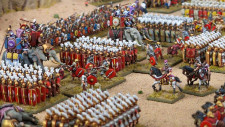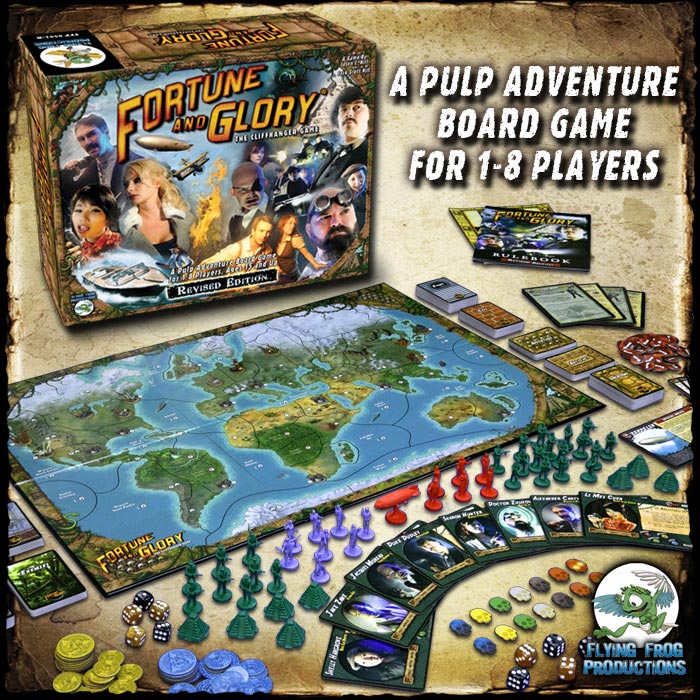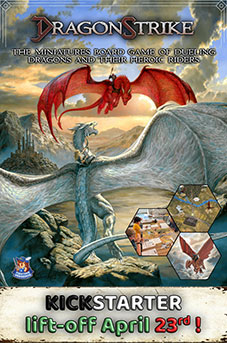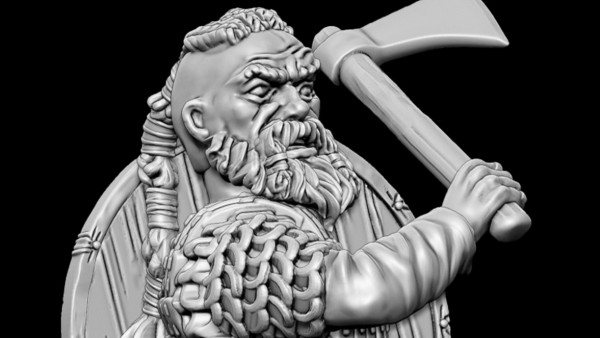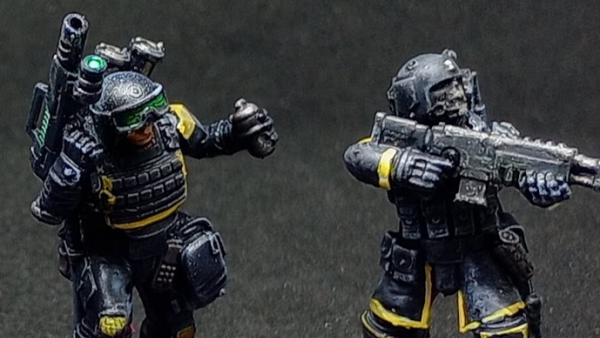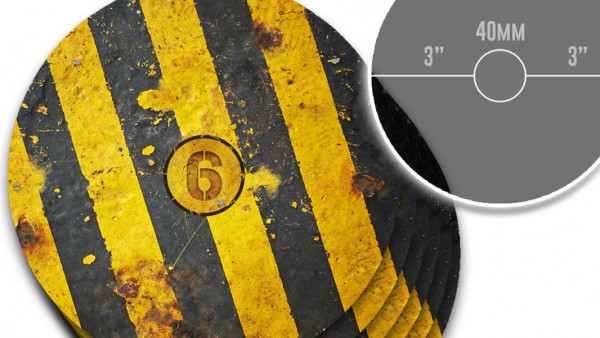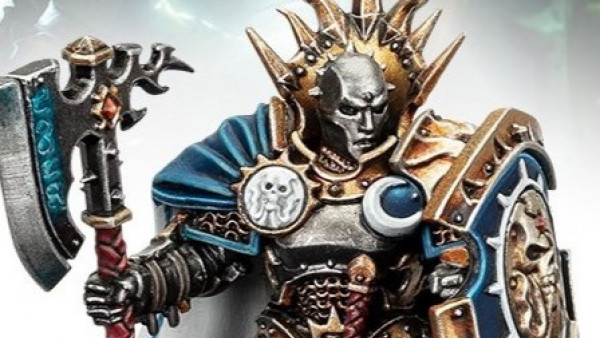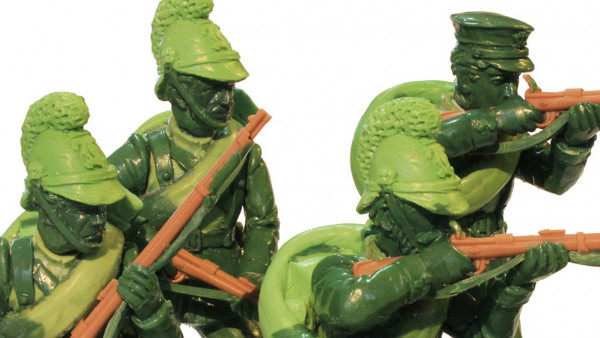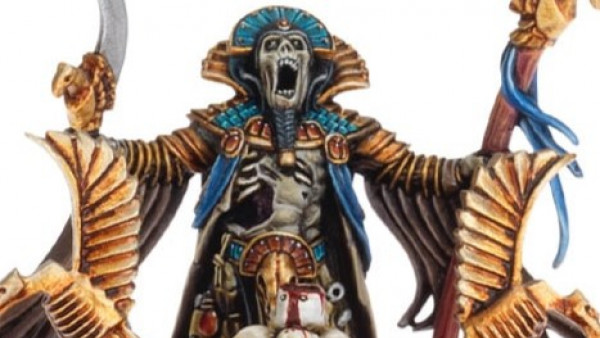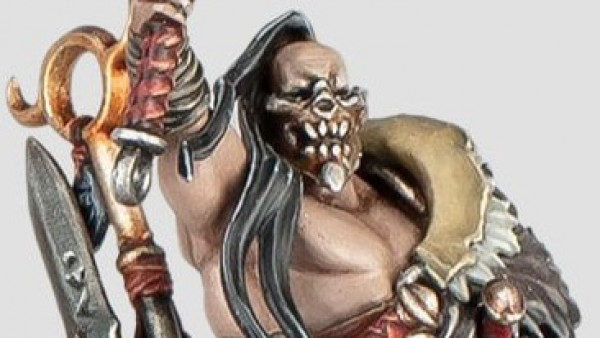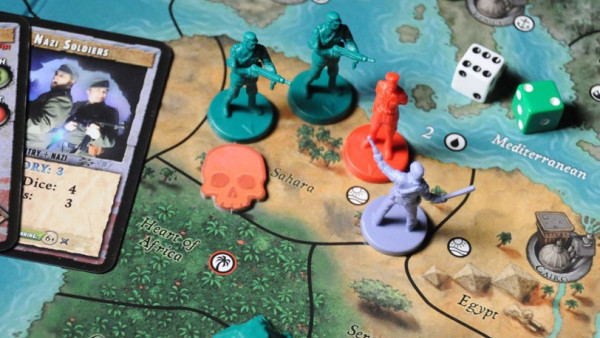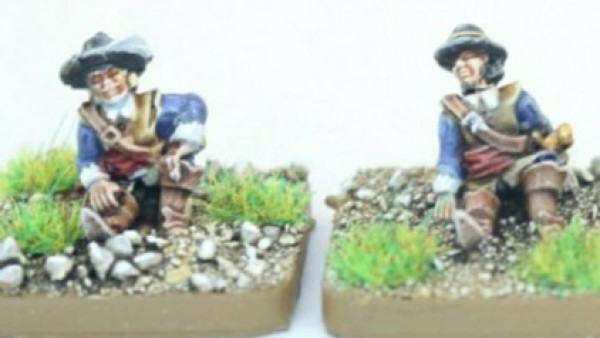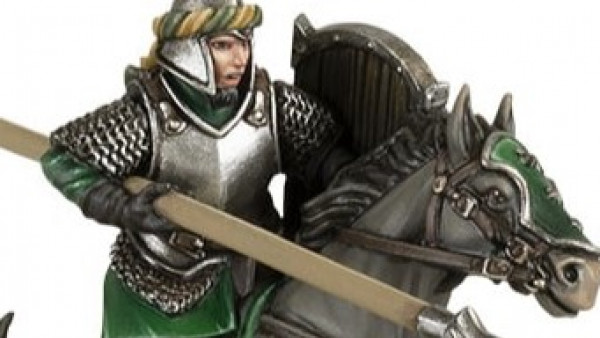Home › Forums › News, Rumours & General Discussion › Question in regards to Probability
This topic contains 10 replies, has 8 voices, and was last updated by ![]() limburger 4 years, 2 months ago.
limburger 4 years, 2 months ago.
-
AuthorPosts
-
February 18, 2020 at 9:19 pm #1488181
Short version, I have an idea for a Critical Hit chart for an RPG. Strictly homebrew.
If you roll a crit, you then roll on a d12 chart to see what kind of crit it is and what happens. Simple.
However that’s the level one chart. If you roll a 12 on the d12 chart, you get to roll on the level two d12 chart. And it keeps going… each time you roll a 12 you move up to the next level d12 chart. Higher level charts are more and more sever.
My question is what is probability of reaching say a 5 level chart? Obviously, I understand that theres a 1 in 12 chance to get to the 2nd level chart. But after that, my skill with probability numbers drops off fast.
Im just curious on how hard it is to reach each level, so I can set how sever each level of crits should be, and figure out if 5 levels is just to many or not.
February 18, 2020 at 10:00 pm #1488182Just keep multiply by 1/12. So to get to Level 3, you have to roll a 12 followed by a 12, so the probability is 1/144. To get to level 4, just do 1/144 *1/12 (1/12 * 1/12 * 1/12)… then Level 5 is 1/12 * 1/12 * 1/12 * 1/12
I hope this makes sense as I am terrible at explaining maths…
February 18, 2020 at 10:33 pm #1488183We kept track of rolling max count on all die during one season of a campaign and found that very rarely did anyone roll passed three X.
February 18, 2020 at 10:56 pm #14881845 levels = 12^4 = 20736, so that’s 1 in 20736.
4 levels = 12^3 = 1728, so that’s 1 in 1728.
3 levels = 12^2 = 144, so that’s 1 in 144.
2 levels = 12^1 = 12, so that’s 1 in 12.
1 level = 12^0 = 1, so that’s 1 in 1.
February 18, 2020 at 11:08 pm #1488186February 18, 2020 at 11:17 pm #1488199The probability of rolling a 12 on a d12 is 1 in 12, or 1/12th. To roll a 12 a second time would be 1/12th * 1/12th = 1/144.
For your problem, you’ve already rolled a critical hit so the chance of rolling on the first crit table is 1 (you’re going to do it). A roll of a twelve will get you to roll on the second crit table, so the chance of this is 1/12. Now rolling on the second crit table, the chance of rolling a twelve is 1/12 but you need to multiply that by the previous probabilities to get to where you are, so 1/12 * 1/12 is 1/144. If you do it, to roll another 12 on the 3rd crit table is 1/12 * 1/144 and so on. So to get to roll on the 5th table, the probability is 1/20736 or put another way, on average you should do this just once in every 20,736 attempts. So not very likely.
To be really accurate, you would also need to factor in the probability of rolling a critical hit in the first place to have the chance to roll on the 5th Critical hit table. If we assume you had to roll a 12 on a d12 to get a critical in the first plae, then it would be 1/12 * 1/20736 which is 1/248832 or just less than 1 in a quarter million chance. If you use a d20 for the roll to hit and a critical is on a 20, then it’s even worse at 1/20 * 1/20736 = 1/414720.
For RPGs, you don’t tend to roll lots of dice, so even probabilities at 1 in 200 or 1 in 300 rarely happen at the table but are an event when they do. If you think of your average RPG night, the total number of rolls by all players and GM might not reach 100, so this already means that extreme probability events won’t ever happen – even rolling a natural 20 on a d20 is cause for celebration for me! As an example, I still play 2nd Edition AD&D and when rolling up your character stats, you use 3d6 with 18 being the best score. Probability of getting just one stat score of 18 is 1 in 216. I can’t think of any characters I played in many, many years that had a natural stat of 18, had a couple of 17’s (1 in 108 chance).
February 19, 2020 at 3:40 am #1488202The problem here is no one is taking into account of how many rolls. Most of the above answers are correct in that your probability to achieve the 5th table on 5 rolls is 1/12^5, since there is only 1 outcome which is good for us, but what about 6 rolls? Now we need to do some more math. Still have 1 outcome which is good which is 5 12, so that is 1, second we have 6 dice which any one of them can be something other than 12 so that would be 1 * 6 in addition the 6th dice no matter which position has 11 possibilities that are not 12 so we get 1 * 6 * 11 / 12^6. Why you ask is it now 12 to the 6th, that is because that is all the possibilities of 6 12 sided dice. So lets generalize this equation.
OK that was easy what about 7 rolls, now it gets a little harder. We still have 1 good possibility 1, now we have 2 positions where the non 12 could be so the first one could be in any of the 7 positions, the second one can be in the remaining 6 positions so we get 1 * 7 * 6 of those two dice that are not 12 they can be any of the 11 other numbers or 11 * 11 or 11^2, we also have to look at the duplicates and remove them which in this case is 2 so our final equation looks like this 1*7*6*11^2/2*12^7
Lets clean up our equation a bit. First lets remove the original probability an make our equation look like this:
((7*6*11^2)/2*12^2)(1/12^5)
I want to pull another component out of the equation
(7*6/2)(11^2/12^2)(1^5/12^5)
Also notice I added a 1^5 this is allowed since 1 = 1*1 = 1*1*1*1*1. Now I want to simplify the exponents:
(7*6/2)(11/12)^2(1/12)^5
Ok math games now going to add some factorials or X! this simply means 5! = 5*4*3*2*1 it will help us derive a general formula later:
(7!/(5!*2!)(11/12)^2(1/12)^5
All I did is add a 5*4*3*2*1 to the top and the bottom which cancel each other out.
Lets look at a couple of these things (1/12) is the probability of rolling a 12 so we will call that p. 11/12 is the probability of rolling any of the other 11 numbers, so we will call that 1-p. 5 is the number of 12s you want, we’ll arbitrarily assign that x. Finally we want the number of rolls you are going to take which we will assign r. If we look at our equation above we had 7 rolls 5 12s, what is the probability, so if we set 5 to x and 7 to r we get the following equation.
(r!/x!(r-x)!)((1-p)^(r-x))(p^x)
The only intuition I did here is what I am doing removing the duplicates in the other numbers, we are not considering selection order here and we treat 11, 3, 1 of the extra numbers the same as 3, 11, 1.
With this equation you can figure out the probability with any number of rolls and any number of tables. This equation I derived is called binomial probability. While I have not proved it, it can be rather easily be proved by induction, but I have given enough of a math and probability lesson.
See I was paying attention in my probability and statistics class.
–Chris
Edit, I forgot to remove the duplicate solutions.
Edit2: This site https://www.varsitytutors.com/hotmath/hotmath_help/topics/binomial-probability explained it in fewer words than I did.
February 19, 2020 at 5:15 am #1488215So here are some numbers assuming you start at table 0 because all good mathematicians start at 0.
To hit the 5th table
5 rolls -> (Special note 0! is defined as 1, math who knew) -> 0.000004019 or 0.0004019%
10 rolls -> 0.0006555 or 0.06555%
20 rolls -> 0.01689 or 1.689%
50 rolls -> 0.1700 or 17%
51 rolls -> 0.1725 or 17.25%
100 rolls -> 0.07778 or 7.778%
Note the probability goes down after a while, since we are expecting only 5 out of 100 rolls are 12s. I’d have to calculate out the distribution to find where the peak is. It is somewhere between 50 and 100 rolls, since this is a normal distribution approximately 50% of the time people will get there before that time. Also since this is a random distribution as we can see there is almost an 8% chance it will take 100 rolls.
Edit – Duh remembering more of my probability, I only took that class 25 years ago, the median is going to be 60. The equation in question is simply N = np where N is the number of successes you want, n is the number of rolls, p is the probability of success so in this case 5 successes 1/12 probibility 5=n/12 or 60.
February 19, 2020 at 7:59 am #1488234I think personally I would go with 2 crit tables . Roll a third 12 and the character is just dead in a way the DM decides to be the most fun depending on the game situation at the time
February 19, 2020 at 6:47 pm #1488436Holy Hannah, lots of responses.
This really cleared things up nicely for me, so I think I will have to tone down the number of charts and perhaps switch to a different system all together.
February 19, 2020 at 10:24 pm #1488465The ridiculously low chance of scoring a particular result on a second table kind of makes the cost of creating it pretty high.
Couldn’t you *eh* copy critical hit charts from an existing game ?
I think Runequest (not sure) that was known/infamous for the vast amounts of tables detailing all sorts of things, including critical hits for every conceivable weapon. It probably is out-of-print.DCC also has critical hit tables.
Other examples :
https://sterlingvermin.files.wordpress.com/2016/09/critical-hits-revisited.pdf
http://www.angelfire.com/dragon3/vinifera/critical_hit_table_2e.pdf
This one appears to be from D&D 5th edition :
D&D 5e – Questionable Arcana – Crit Confirmed: Critical Hit Charts and Fumble Charts
You could let the GM decide what the effect is on a case by case basis, because it ought to be rare enough that you’re not doing it in every combat all of the time.
-
AuthorPosts
You must be logged in to reply to this topic.































